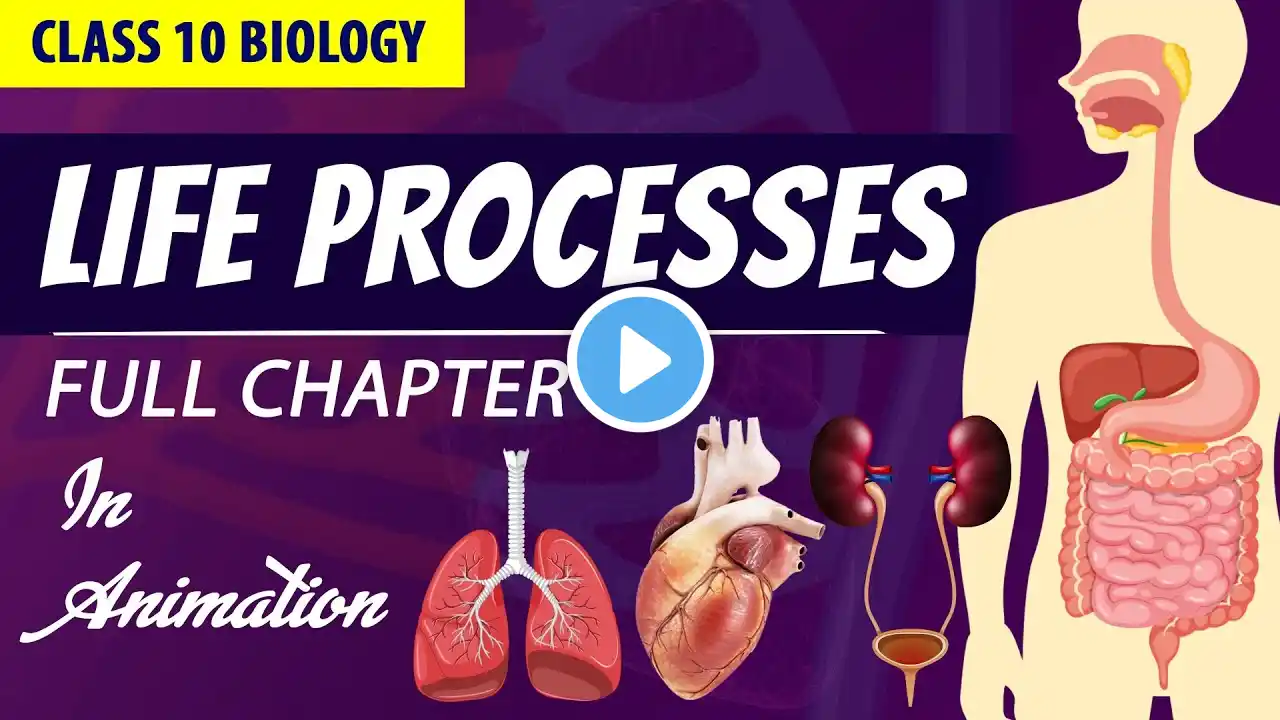
Aerobic and anaerobic Respiration | Living organisms and Energy production | Avinash sir
. . . . Anaerobic respiration is a type of cellular respiration that occurs in the absence of oxygen. It is an alternative pathway used by cells to produce energy when oxygen is scarce or unavailable. While aerobic respiration is more efficient and produces more energy, anaerobic respiration allows cells to continue functioning in low-oxygen or oxygen-deprived environments. There are two main types of anaerobic respiration: alcoholic fermentation and lactic acid fermentation. Let's explore each of them: Alcoholic Fermentation: This process is commonly observed in yeast and some bacteria. It involves the breakdown of glucose into ethanol (alcohol) and carbon dioxide. The reaction can be summarized as follows: Glucose → Ethanol + Carbon Dioxide Alcoholic fermentation is used in various industrial processes, such as the production of alcoholic beverages (beer, wine) and the baking industry. The carbon dioxide produced during this process causes bread dough to rise. Lactic Acid Fermentation: This type of anaerobic respiration occurs in certain bacteria and also in the muscles of animals, including humans. When there is an insufficient oxygen supply, muscle cells switch to lactic acid fermentation. The reaction can be summarized as follows: Glucose → Lactic Acid During intense physical exercise, when the demand for oxygen exceeds the supply, muscle cells can't receive enough oxygen for aerobic respiration. Instead, they rely on lactic acid fermentation to generate energy. The accumulation of lactic acid in the muscles leads to fatigue and a burning sensation. It's important to note that anaerobic respiration is less efficient than aerobic respiration since it produces fewer ATP molecules (the energy currency of the cell). However, it allows cells to generate some energy to sustain basic functions in the absence of oxygen. . .


















